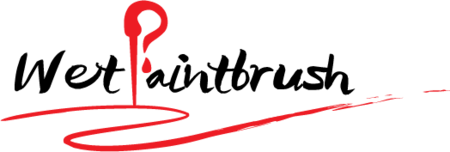 No two artists think the same way. When ideas come, we artists consider the idea a problem and quietly search for the best way to execute or solve it. Possibilities of answers continuously flash before our eyes. We constantly look for answers by searching our environment, in nature, through readings, by watching TV or searching the internet, we even study the works of other artists. At the same time we plan its execution by mentally scanning our environment by selecting materials and supplies, punctuating each consideration with a period, a comma, italics or parenthesis. Our minds stack the "correct" answers and store them in a section of our intellect. Sometimes we make lists or sketches until the time comes to actually do the work.
No two artists think the same way. When ideas come, we artists consider the idea a problem and quietly search for the best way to execute or solve it. Possibilities of answers continuously flash before our eyes. We constantly look for answers by searching our environment, in nature, through readings, by watching TV or searching the internet, we even study the works of other artists. At the same time we plan its execution by mentally scanning our environment by selecting materials and supplies, punctuating each consideration with a period, a comma, italics or parenthesis. Our minds stack the "correct" answers and store them in a section of our intellect. Sometimes we make lists or sketches until the time comes to actually do the work.
Surprisingly, if several artists were assigned the same problem (painting) to execute, one would be surprised at how diverse each artist's approach will be to achieve the desired outcome.
Things that are considered by individual artists:
Order of operation
Every artists begins painting differently. One may first sketch in pencil, while another may begin by painting the background. The artists who sketches in pencil creates an event similar to their childhood coloring book experience. Another artist may want to build their painting by superimposing one color over the other. Both methods are logical, both methods work. But only one method works well for individual artists and for individual paintings.
Type of paint
There is a loads of paints to choose from. If an artist chooses to use acrylic paint there is a multitude of types of acrylic paints to choose from. Acrylic paints come in many textures, grounds, velocity, pigments, and concentrations of pigments. Acrylic paints are available in jars, tubes, and bottles. An artist will make their selection based on the feel of the paint for the type of painting and for what the artist is most comfortable using. I mostly use paint from jars and bottles. I generally use flat colors because they are readily blend fast and because the colors are generally flat, they are easy to photograph. I may then use a gloss medium to add shine when the painting is finished.
Type of brushes
Though every brush come with a suggested usage, it is typically up to the artist to decided which brush is best for each type of painting. There are natural brushes, made from the fur, bristles, or hair of specific animals, and there are synthetic brushes made by man. The sizes and shapes of brushes vary tremendously. An artist must use a variety of brushes to complete each and every painting. I have more than 100 brushes to choose from.
